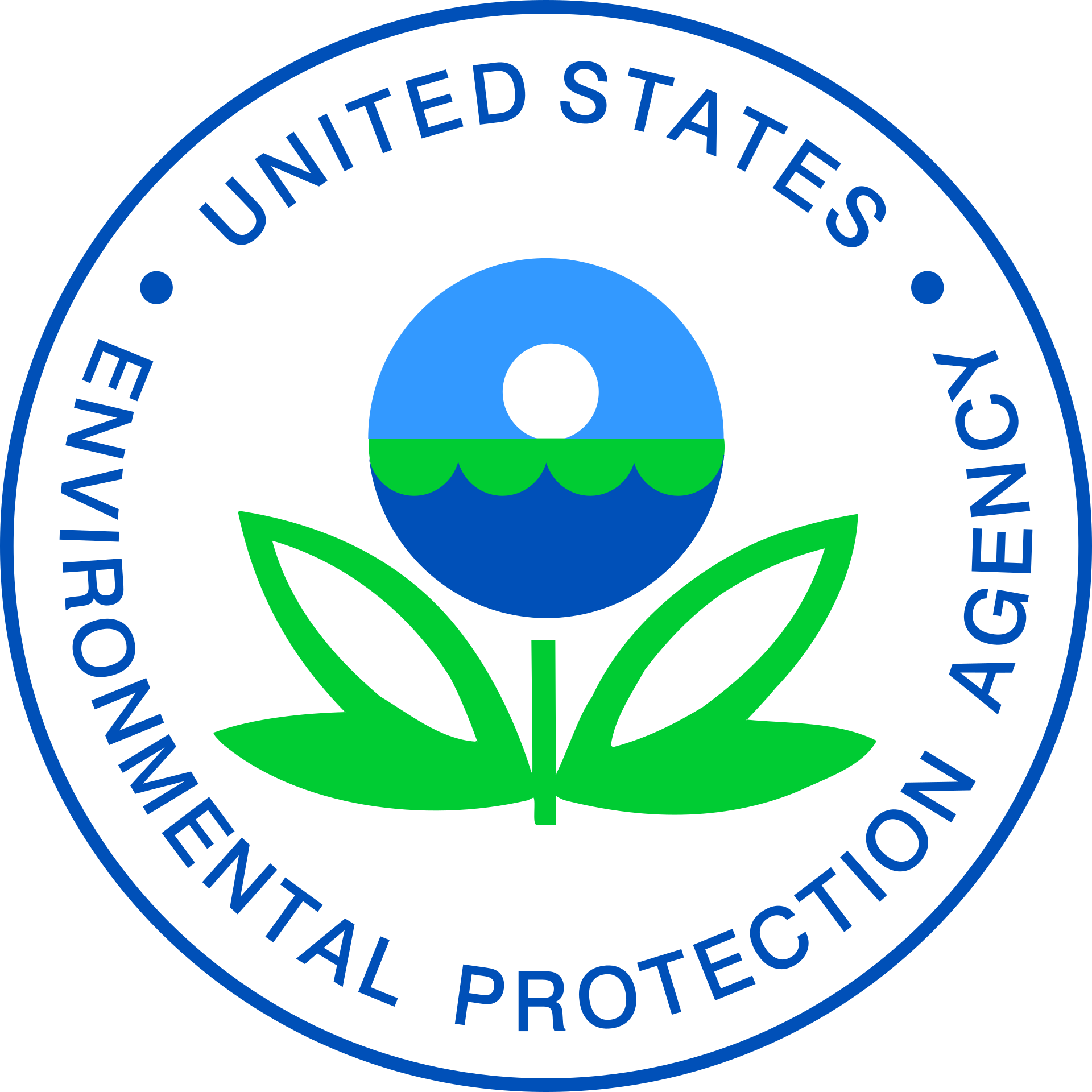
The Environmental Protection Agency has proposed adding the Fansteel Metals Superfund site in Muskogee, Okla., to the National Priorities List (NPL), the roster of the nation’s most contaminated sites that threaten human health or the environment. By adding this site to the NPL, the EPA said it can prioritize funding for cleanup and necessary enforcement action.
Between 1956 and 1989, the Fansteel facility extracted tantalum and niobium from uranium ore, thorium ore, and tin slag feedstock by using an acid digestion process. Radioactive residues were disposed of in holding ponds on the 105-acre site, which is located along the Arkansas River about 41 miles southeast of Tulsa, Okla.
According to the EPA, radioactive and chemical contaminants remain in the ponds, as well as on building and equipment surfaces and in site soil and groundwater.
Unfinished work: From 1989 to 1996, Fansteel conducted limited remediation and decommissioning work on areas of the site before the company filed for bankruptcy in 2002. Following bankruptcy, Fansteel formed FMRI, a subsidiary created for the sole purpose of decommissioning the facility site.
Under a decommissioning plan approved by the Nuclear Regulatory Commission in 2003, FMRI proposed a four-phase remediation plan: (1) excavate and remove process wastes for off-site disposal; (2) remediate the ponds; (3) remediate the buildings, equipment, and soils; and (4) remediate groundwater. Phase 1 of the decommissioning plan started but never finished, and the subsequent three phases were never begun.
Fansteel again filed for bankruptcy in 2016, the outcome of which is still pending.
Needed investments: When Fansteel first filed for bankruptcy in 2002, the NRC placed $4.5 million in a standby decommissioning trust for the site. That money is expected to run out next year, according to the EPA.
In January, Oklahoma Gov. Kevin Stitt wrote to EPA regional administrator Earthea Nance, asking for help in placing the Fansteel site on the NPL. “With no intervention, the site is at risk of becoming completely abandoned when the funds remaining in the NRC decommissioning fund are exhausted,” Stitt wrote.
President Biden’s Bipartisan Infrastructure Law has invested $3.5 billion in the Superfund remedial program, which the EPA said will enhance the agency’s ability to tackle threats to human health and the environment from NPL sites.
They said it: “Placement on the NPL will help effectively address environmental issues at the site, create a path forward for site management and cleanup, and protect health and the environment,” said Scott Thompson, executive director of the Oklahoma Department of Environmental Quality.
EPA administrator Michael S. Regan added, “Thanks to President Biden’s investments in America, EPA is making sure complex hazardous waste sites get the long-term federal financial assistance and cleanup support they need to safeguard critical resources families rely on, like clean drinking water.”